When it comes to sourcing and recruiting, you should not ignore the potential of Facebook given that it has 1.38B monthly active users and 890M daily active users.
Also, you should know that according to Jobvite’s 2014 Job Seeker Nation Report, 76% of social job seekers found their current position through Facebook. Jobvite also found that while job seekers flock to Facebook, recruiters prefer LinkedIn when searching for potential candidates.
That’s understandable, as LinkedIn is a professional social network and some profiles are as detailed as resumes. While Facebook users seem to be adding more professional information on a daily basis, that information is quite limited.
As I’ve written recently, even though Facebook’s Graph Search isn’t as powerful as it once was, finding people to recruit on Facebook is remarkably easy. If you want even more information on using Facebook to find people, check out Todd Davis’ Ultimate Guide to Sourcing and Recruiting on Facebook.
However, one thing that isn’t being written about much is using Facebook to reach out to potential candidates. Some people simply may not know all of the ways you can message people on Facebook (there is more than meets the eye, as you will see), and many sourcers and recruiters seem to get caught up on thinking that people will be “weirded out” by getting messages from them on Facebook – I’ll be addressing this as well. Continue reading
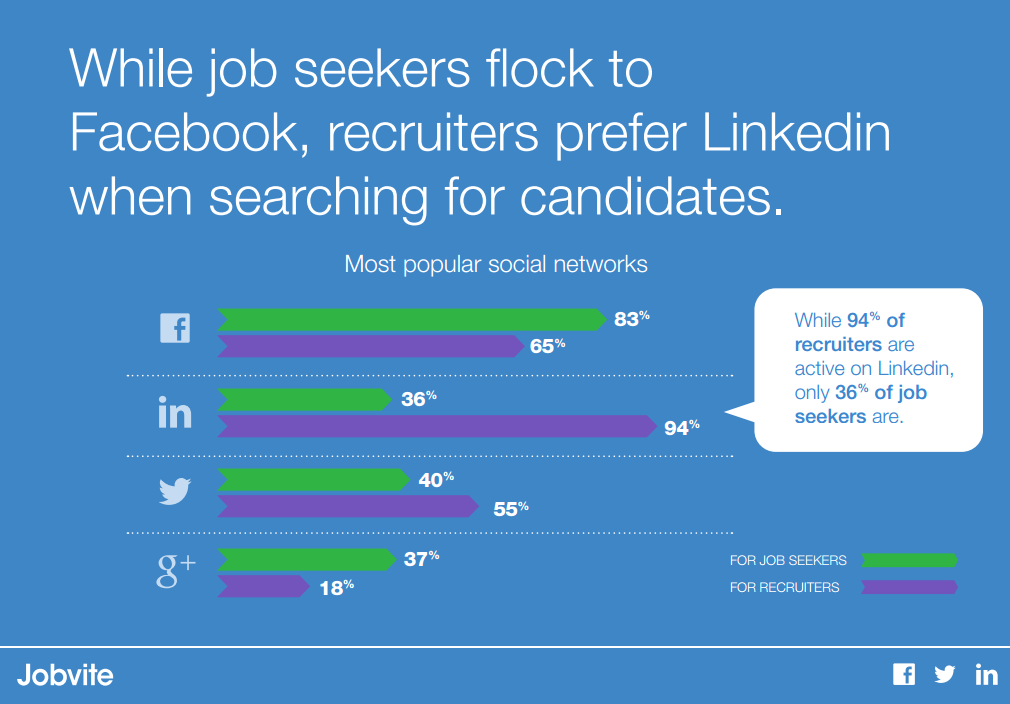


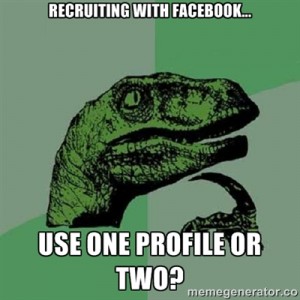




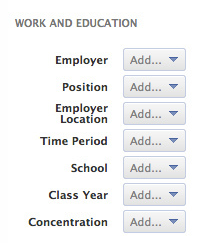




 I’m very much an anti-hype, anti-bandwagon person.
I’m very much an anti-hype, anti-bandwagon person.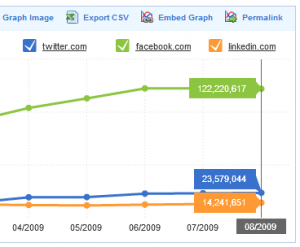
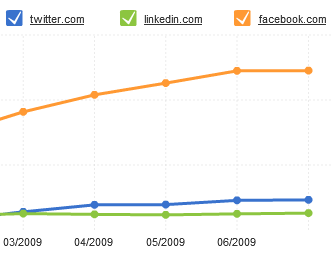 I’m always interested in the traffic for the “Big Three” social media sites (Twitter, Facebook, and LinkedIn), and I discovered today that
I’m always interested in the traffic for the “Big Three” social media sites (Twitter, Facebook, and LinkedIn), and I discovered today that 


